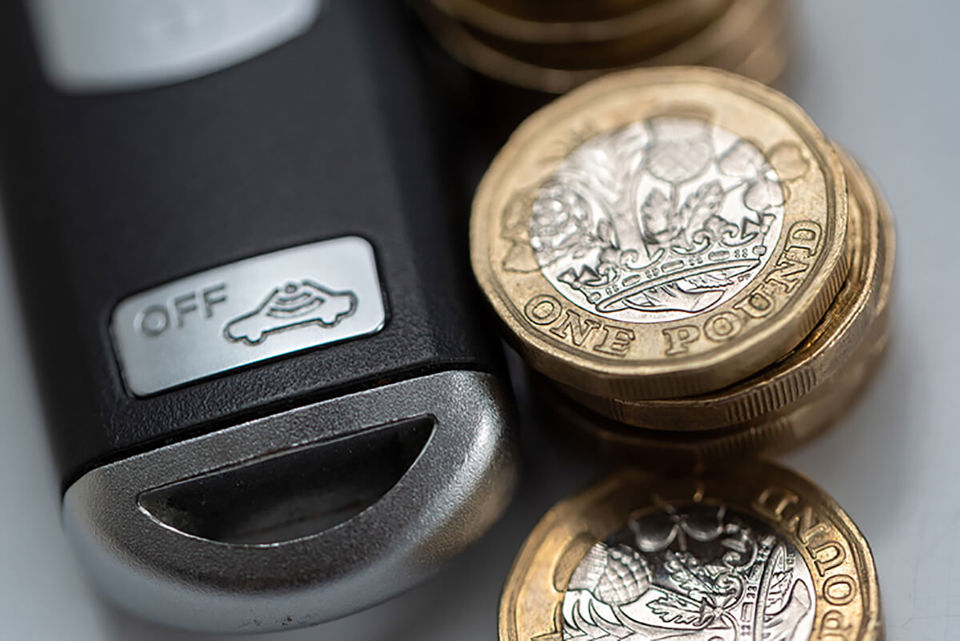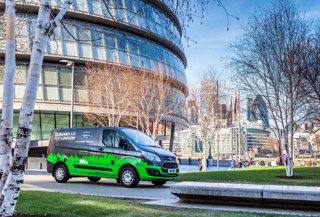The fleet industry was hoping for clarity on a number of issues in the Spring Statement from the Chancellor of the Exchequer, Philip Hammond, but were left disappointed.
As a result, fleet decision-makers and company car drivers are still in the dark about company car benefit-in-kind (BIK) tax thresholds beyond 2020/21.
Many fleets operate on four-year vehicle replacement cycles and the Government has previously published tax rates for five years to enable future acquisition decisions to be made in the full knowledge of the taxation framework.
However, fleet decision-makers and company are drivers are currently having to make decisions in the dark as tax rates post 2020/21 are unknown.
Chris Chandler, principal consultant at Lex Autolease, said: “Future visibility on company car tax bands is important for fleet decision-makers, because fleets typically plan in three to four year cycles. It can then be more difficult to make vehicle policy decisions. This is particularly the case at the moment because the regulatory and technological environment is moving at such a pace.
“The vehicle tax system has to adapt to new technologies and environmental pressures, which means that when changes are announced, they can be pretty significant. If there are no post 2020/21 company car tax bandings announced until the next Autumn Budget, this only gives fleets around two years to factor these changes into their decision-making.
“In a rapidly changing taxation, environmental and technological landscape, it’s never been more important for fleets to have confidence in the future tax landscape.”
The picture is further complicated by the fact that the government announced in the November 2017 Budget that from April 2020, company car benefit-in-kind tax - and Vehicle Excise Duty - would be derived from CO2 figures produced under the newly introduced Worldwide harmonised Light vehicle Test Procedure (WLTP).
Industry experts have suggested that on a car-by car basis CO2 emissions could increase by 20% when compared with those obtained under the previous New European Driving Cycle (NEDC) regime.
However, whether or not tax rates will be recalibrated as a result to avoid potentially significant benefit-in-kind increases is unknown.
Chandler said: “The lack of clarity around how a CO2 value “derived” from the new Worldwide Harmonised Light Vehicle Testing Procedure (WLTP) will be used to calculate Company Car Tax is a challenge for fleet decision-makers.
“The two-year transition from April this year, during which time we will continue to use the New European Driving Cycle (NEDC) figure, is welcome, but in reality the derived NEDC CO2 emissions figure for many vehicles will still increase.
“The actual vehicle’s CO2 emissions won’t increase, but the change in the calculation means drivers and fleets will be penalised.
“Although all fuel types are likely to increase under the new testing methods, emissions of plug-in hybrids will also rise significantly which could have further cost implications, and with planning cycles of around three years or more, fleets are hungry for more information.
“We anticipate further clarity in April once the consultation has concluded, but in the meantime fleets will be comforted that when WLTP does start to be solely used to calculate vehicle tax, it will only apply to cars that are unregistered at the time. It won’t be applied retrospectively; any car registered with a CO2 figure using the NEDC generated figure will retain that figure during its lifetime.”





















Nigel Boyle - 14/03/2018 12:09
I believe it is TOTALLY unacceptable for the Government to demand tax using a test which is not available for 12months after the taxation starts. Imagine if I went to a customer as said we are going to bill you more, but will not tell you for a year why we are doing it! It is not the way to operate in a civilized society.